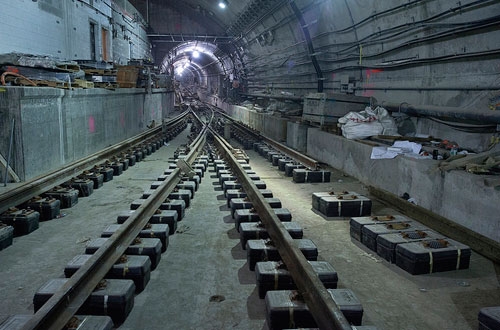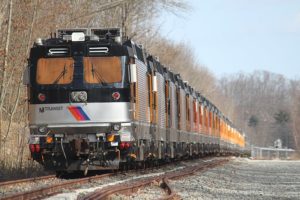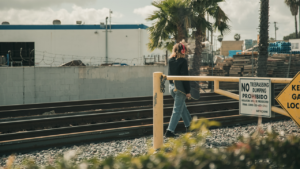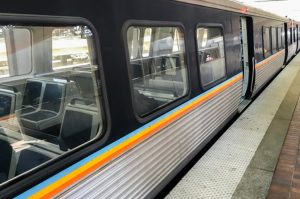MTA presents final 2016 budget proposal
Written by Mischa Wanek-Libman, editor
The Metropolitan Transportation Authority (MTA) presented its 2016 Final Proposed Budget and its 2016-19 Financial Plan, in which the agency says "a relentless emphasis on cutting costs will allow the MTA to invest $242 million in new service, maintenance and operations initiatives over the next four years, while limiting fare and toll increases to the rate of inflation."
“The MTA is committed to bringing high-quality service to our customers at a reasonable cost, and our updated Financial Plan shows how we are putting that commitment into action,” said MTA Chairman and CEO Thomas F. Prendergast. “We are continuing to find new ways to save money, we are making smart investments to serve our growing ridership, and we are doing this while minimizing the impact on our customers’ wallets.”
The Financial Plan update was the first since the MTA Board approved a preliminary version in July. The agency says higher real estate transaction tax receipts and toll revenue, as well as lower costs for energy and debt service have helped finances. Those improvements were offset by lower forecasts for some tax and fee revenue, as well as fares. Taken together, the MTA expects available resources to increase by $447 million through 2019.
The Financial Plan laid out by the MTA projects using these additional funds between 2016 and 2019 to invest $38 million in additional subway and bus service; $13 million for additional Select Bus Service operations; $26 million to expand all-electronic tolling to the Marine Parkway-Gil Hodges Memorial Bridge and the Cross Bay Veterans Memorial Bridge; $35 million to operate the Second Avenue Subway; $42 million to maintain subway structures and power supplies and $21 million for maintenance on the Long Island Rail Road’s M-7 cars.
The MTA will also invest approximately $43 million annually to modernize its approach to managing its physical assets, which will use modern technology to assess the cost and condition of its equipment, then use that information to improve how assets are procured, maintained and replaced. The enterprise asset management system is necessary to meet new federal requirements and international best practices, and is expected to enable more efficient and lower-cost operations and maintenance practices throughout the MTA.
The MTA says it has cut more than $1.3 billion in costs from its annual spending, and those recurring savings are projected to increase to $1.8 billion per year by 2019. MTA says this will allow the agency to accelerate pay-as-you-go capital funding and defer scheduled debt issuances, saving $18 million in each of three years, as well as investing in an underfunded LIRR pension plan, saving $14 million per year starting in 2017.
The plan assumes a four percent fare increase in 2017 and 2019. MTA says that in 2016, less than $7.9 billion of the agency’s $15.1 billion in revenue is projected to come from fares and tolls, with the remainder coming from dedicated taxes, state and local subsidies, and other miscellaneous sources.
The MTA Board is scheduled to vote on adoption of the Final Proposed Budget and Financial Plan at its December meeting.





